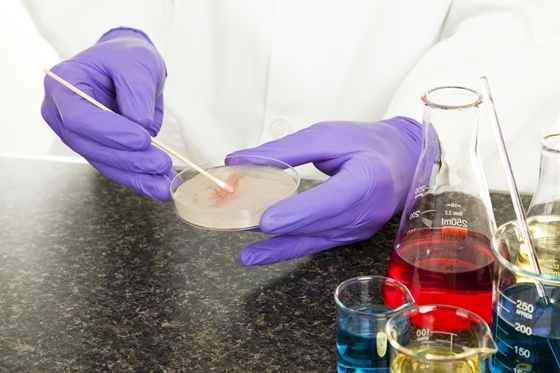
Cerebral Palsy is a term used to describe neurological disorders in children caused by abnormality in the brain. Cord blood stem cell treatment for cerebral palsy is currently being investigated by medical experts.
Cerebral Palsy is caused by damage to the developing brain in children. It occurs during pregnancy, at childbirth or after birth up to three years. Cerebral Palsy can impair movement, learning, hearing, vision and cognitive skills. It is a one-time brain injury that will not progress, however, the damage caused is permanent. Though incurable, this is not a life threatening condition and its effects on the body can be managed through treatments and therapies.
What causes cerebral palsy?
There are four types of brain damage that causes cerebral palsy in infants and young children.
1. Brain tissue damage caused by infections during pregnancy or physical injury.
2. Abnormal brain development caused by genetic changes in the brain cells.
3. Lack of oxygen to the brain during birth.
4. Brain hemorrhage due to blood vessel rupture caused by changes in blood pressure or head injury.
Signs and symptoms
Cerebral palsy in newborns is clinically identified by doctors during examination and testing. But symptoms are not very visible at birth. If the delivery was complicated or if the pregnancy involved significant risk factors, the doctors may suspect cerebral palsy and observe the child carefully. But in many cases, parents are the first to sight cerebral palsy in their child and seek treatment.
The most common early sign of cerebral palsy is developmental delay. Delay in reaching growth milestones such as rolling over, sitting, crawling, walking etc. Doctors will also look for signs such as abnormal muscle tone, unusual posture, persistent reflexes and early development of hand preferences.
Prevention
Parents play an important role in preventing their child from developing cerebral palsy. Couples planning to start a family may consult respective physicians for a pre-conception appointment. Expecting parents can learn about measures that can be taken during pregnancy, labor and delivery and immediately after birth that can decrease the possibility of the child developing cerebral palsy. The best way to lessen the threat of risk factors is to be aware of them and to know what actions should be taken if detected.
Stem cell therapy
Preserving your baby’s cord blood after delivery is the first step to facing cerebral palsy with confidence. Recent studies have proved that cord blood cells can assist in repairing the damages caused in brain tissues and restore them back to normal.
Adult stem cells harvested from the umbilical cord blood are considered to be universal donor cells because they are not immediately recognised as foreign by the body’s immune system and therefore they are not rejected when injected into the bloodstream. Studies show that cord blood derived stem cells can successfully migrate into the brain and survive to repair the damage. These cells secrete molecules called trophic factors that stimulate repair of damaged nervous tissues in the brain.
Cord blood is a rich source of stem cells. Therefore collecting stem cells from the hip bone which is an unpleasant experience for small children and their parents is not required during the course of stem cell therapy if cord blood stem cells are available.
Researchers have found that cord blood stem cell treatment for cerebral palsy can be more effective. Hence cord blood banking becomes vital and compulsory immediately after childbirth.
References
http://cerebralpalsy.org
http://www.cellmedicine.com/stem-cell-therapy-for-cerebral-palsy
http://www.eurostemcell.org/factsheet/cerebral-palsy-how-could-stem-cells-help
http://www.stemcelltherapies.org/cp.htm
{{cta(‘010124f3-c9bc-4a23-b9fc-74953e6288c9’)}}


